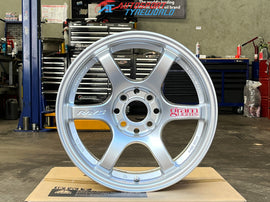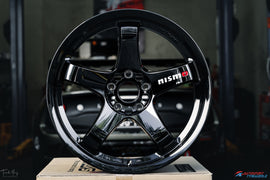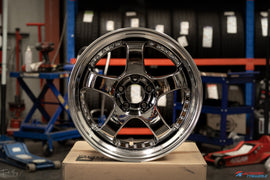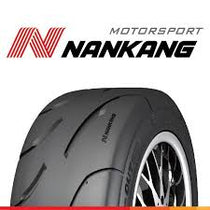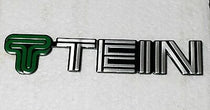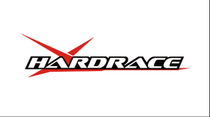Hazards/risks
Failure of lifting equipment can cause crush injuries or fatalities.
Moving vehicles on and off hoists also presents potential hazards.
Safety Solutions
1. Train operators in the safe use of hoists and ensure they do not work under a suspended load without checking that safety features are engaged and operating correctly.
2. Prominently display equipment operating and maintenance instructions, as well as the safe working load.
3. Ensure hoists have a valid design registration number issued by a work health and safety regulator in Australia.
4. To avoid worker entrapment, ensure that moving parts of the hoist or its load are located at least 600mm away from any other fixed structure or equipment that moves.
5. Ensure that operator controls are undamaged, clearly marked and positioned for effective, safe use.
6. Check that the dropper bar (safety prop) is fitted to any in-ground, hydraulic, ram-type hoist.
7. Conduct pre-operational inspections daily (e.g. look for leaks in hydraulic and pneumatic components).
8. Inspect and maintain the hoist at least every 3 months.
9. Arrange for a comprehensive annual inspection to be carried out by an independent, qualified, competent person.
10. Undertake hoist inspections in accordance with the manufacturer’s instructions, and with reference to Australian Standards:
• AS/NZS 2550.9: Cranes – Safe use. Part 9: Vehicle hoists
• AS/NZS 1418.9: Cranes (including hoists and winches). Part 9: Vehicle hoists.
11. Ensure electrical hoists and wiring are tested with reference to Australian Standard AS/NZS 3000: Australian Wiring Rules.
12. Record all inspections, servicing and maintenance in a log book which is available for all users, maintenance or inspection personnel.

